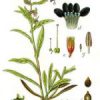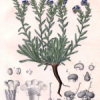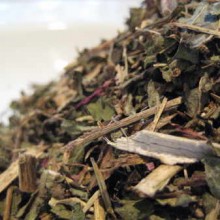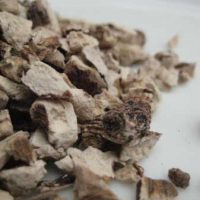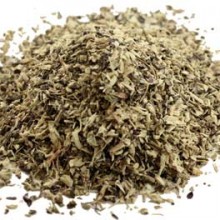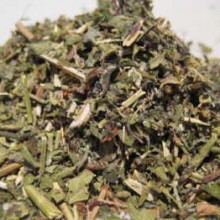Dyer’s Bugloss, also known as Batschia canescens, Hoary puccoon, Lithospermum canescens & Akanet Root is cultivated in Central and Southern Europe for its dye, which is readily extracted by oils and spirit of wine. It is used in the pharmaceutical industry to give a red colour to salves and in staining wood in imitation of rosewood, or mahogany. This is done by rubbing it with oil in which the Dyer’s Bugloss root has been soaked.
Traditional Uses for Dyer’s Bugloss Root:-
Dyer’s Bugloss Root is now primarily used as a natural dying agent, and it imparts a ruby red color to natural fibres, wool, wood, stone, lip balm, lipstick, ointments, salve, soap, lotion, and to tint oils, vinegar, tinctures, varnishes, or wine. In the past, Dyer’s Bugloss Root was used to improve the appearance of low quality wines and ports, and to give an aged appearance to wine corks. In soap, Dyer’s Bugloss will yield shades of pink, blue, and purple, depending upon the amount used, types of oil used, and the alkalinity of the soap.
The species are hispid or pubescent herbs, with oblong, entire leaves, and bracteated racemes, rolled up before the flowers expand. The corolla is rather small, between funnel and salver-shaped; usually purplish-blue, but in some species yellow or whitish; the calyx enlarges in fruit. The root, which is often very large in proportion to the size of the plant, yields in many of the species a red dye from the rind.



